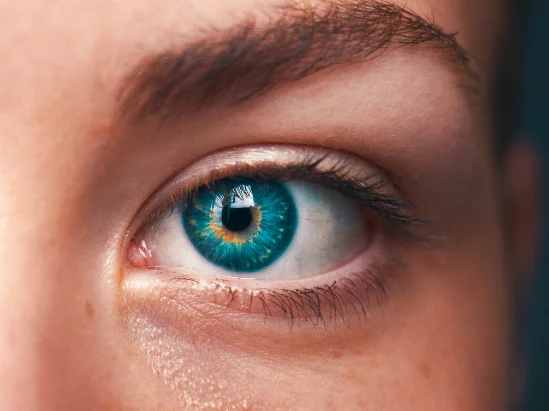Nearsightedness, also known as myopia, is a common refractive error of the eye. It occurs when the eye fails to focus light properly, resulting in objects that are close appearing clear while those far away appear blurry. The condition affects an estimated 25-30% of the population and is especially prevalent in children and young adults.
You can learn if you have the condition with a regular eye exam, and for the best eye exam cost options that accept vision insurance, make your way to Boscov’s Optical. For now, keep reading to learn about the common causes of this condition.

Genetics
Genetics is the most common cause of nearsightedness, with up to 70% of cases being attributed to heredity. When it comes to understanding the genetics of this eye condition, the first thing to consider is the different types of myopia. Myopia can be further divided into axial and refractive myopia.
Axial myopia occurs when the eyeball grows too long, resulting in the light entering the eye being focused in front of the retina, instead of directly on it. Refractive myopia occurs when the cornea is too curved, resulting in the light entering the eye being focused in front of the retina. Both of these types of myopia can be inherited from one or both parents.
One of the most well-known is a gene variant called “rs1801133”, which is associated with an increased risk of this condition. This gene variant is located on chromosome 15 and is thought to be related to the regulation of the eye’s length. Other gene variants that are associated with this condition include “rs7173872,” “rs7173877,” “rs3733104,” and “rs8029154.”
Environmental Factors
Environmental factors such as air pollution and artificial lighting can also affect the development of nearsightedness. Air pollution has been linked to myopia in some studies, as it can damage the cornea, leading to changes in the shape of the eyeball.
Similarly, artificial light can disrupt the body’s circadian rhythm, resulting in the secretion of hormones that can lead to eye growth changes and the development of this eye condition. Studies have also suggested that diet may be a contributing factor in the development of this condition.
Diets low in Omega-3 fatty acids have been linked to an increased risk of myopia, as these fatty acids are essential for healthy eye development. In addition, diets high in processed foods and refined sugars can also lead to changes in the eye, resulting in this condition.
Your Axial Length
Nearsightedness, or myopia, is a common vision condition that affects millions of people. This condition is caused by a number of different factors, including an abnormally long axial length. When the axial length of the eye is too long, it causes the light to focus in front of the retina instead of on it.

This causes objects that are far away to appear blurry and out of focus. There are a number of ways to determine the axial length of the eye, including ultrasound and optical biometry. These methods measure the length of the eye from the front to the back.
A longer axial length is a common cause of this eye condition. It can be corrected with glasses, contact lenses, or refractive surgery. The type of correction that is best for you will depend on the severity of your nearsightedness and the shape of your eye.
Overall, nearsightedness is a very common vision problem that can have a big impact on a person’s life. It can be caused by a variety of factors, including genetics, environment, and lifestyle.
Taking steps to identify and address the underlying causes can help reduce the risk of developing this eye condition and improve a person’s vision. It is important to be aware of the possible causes and to seek professional help if needed.



